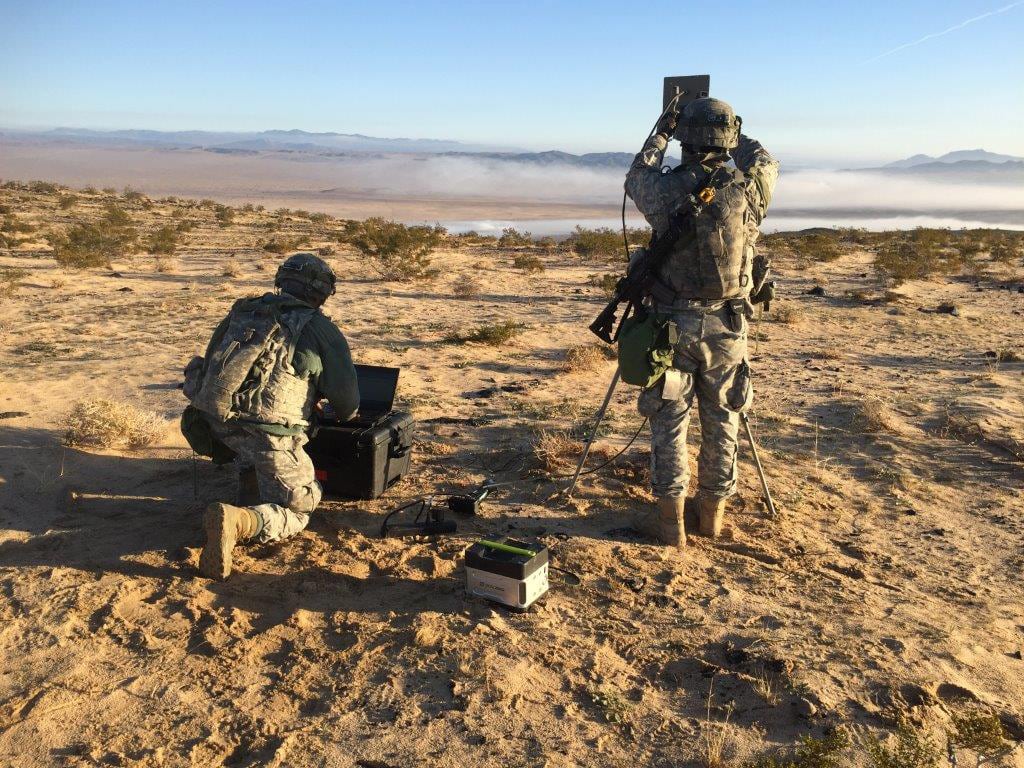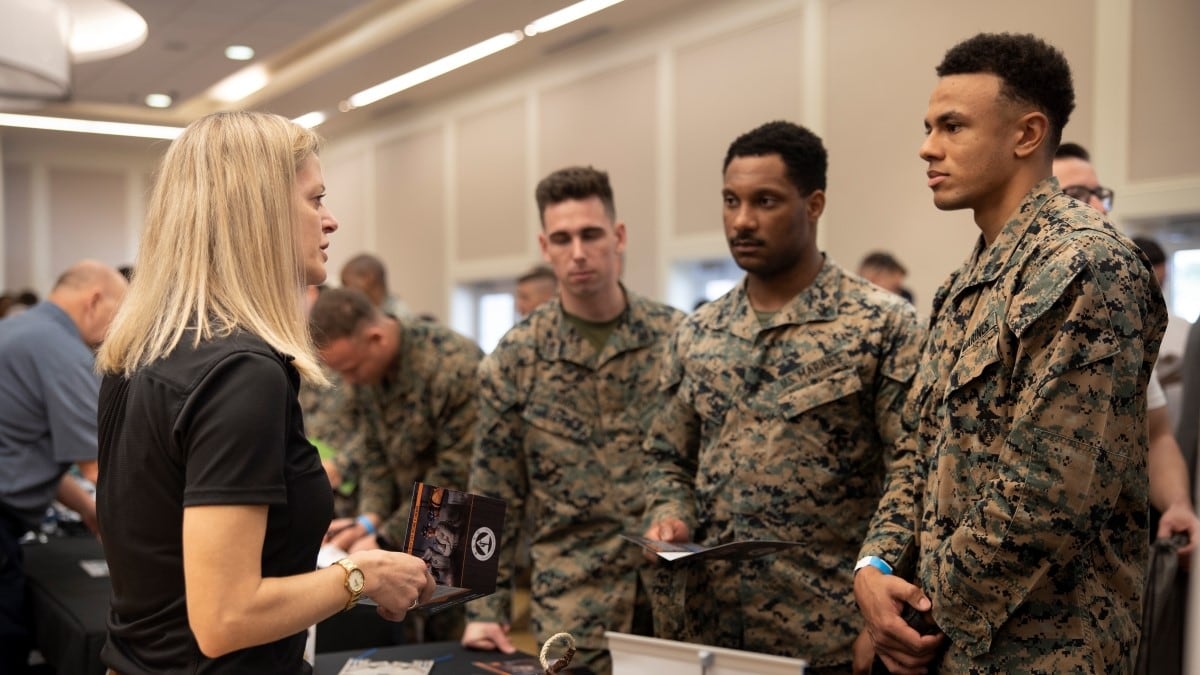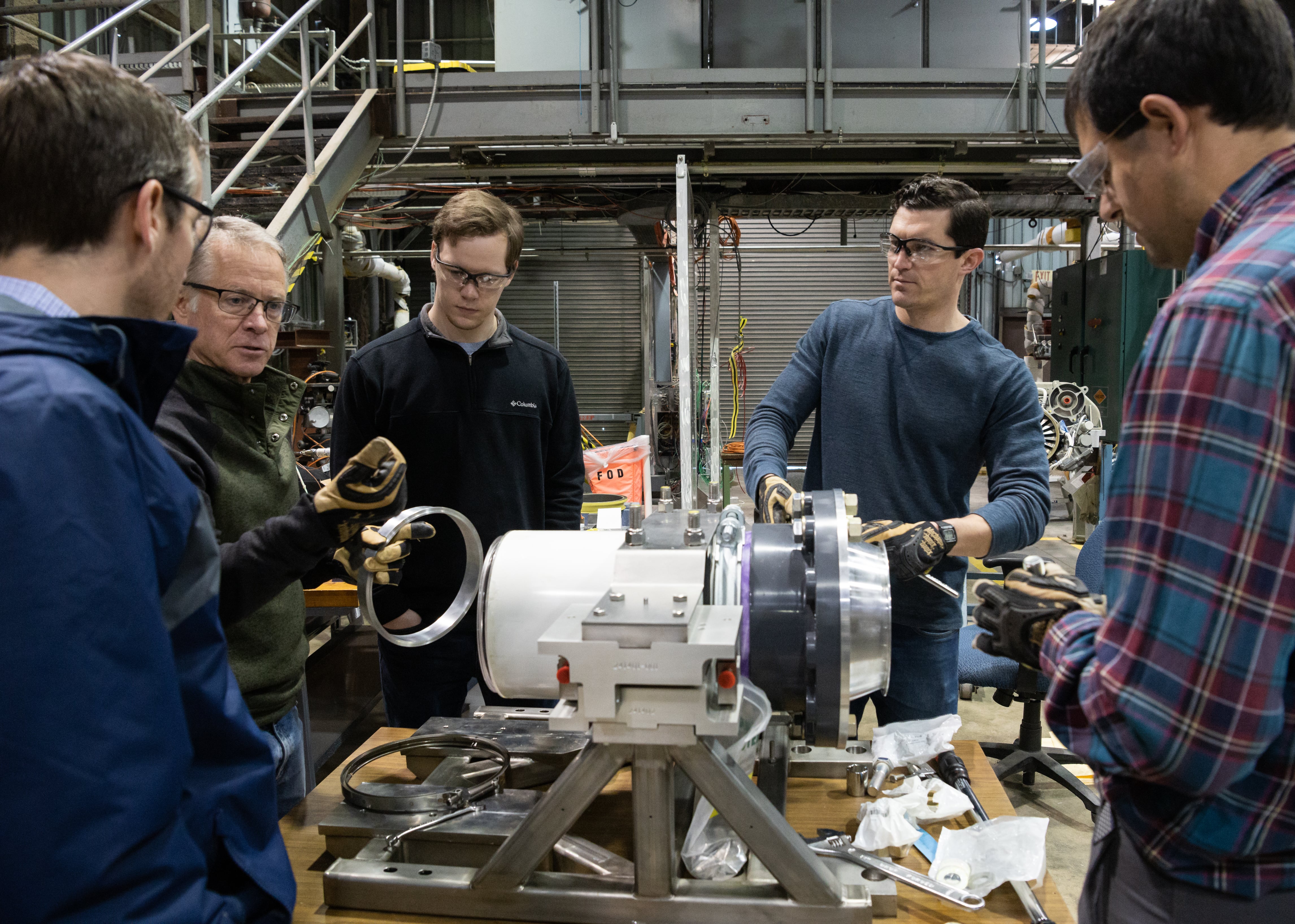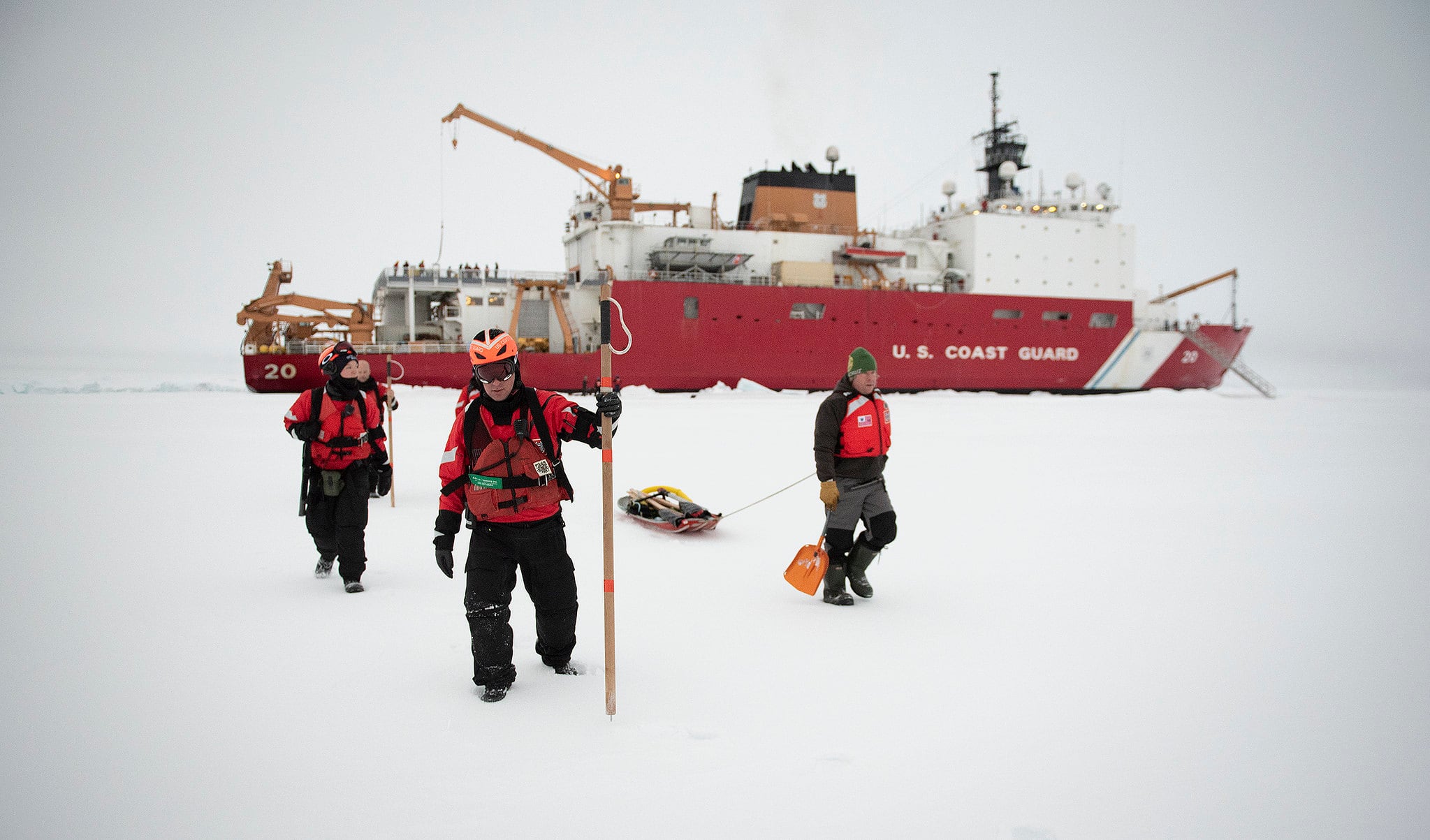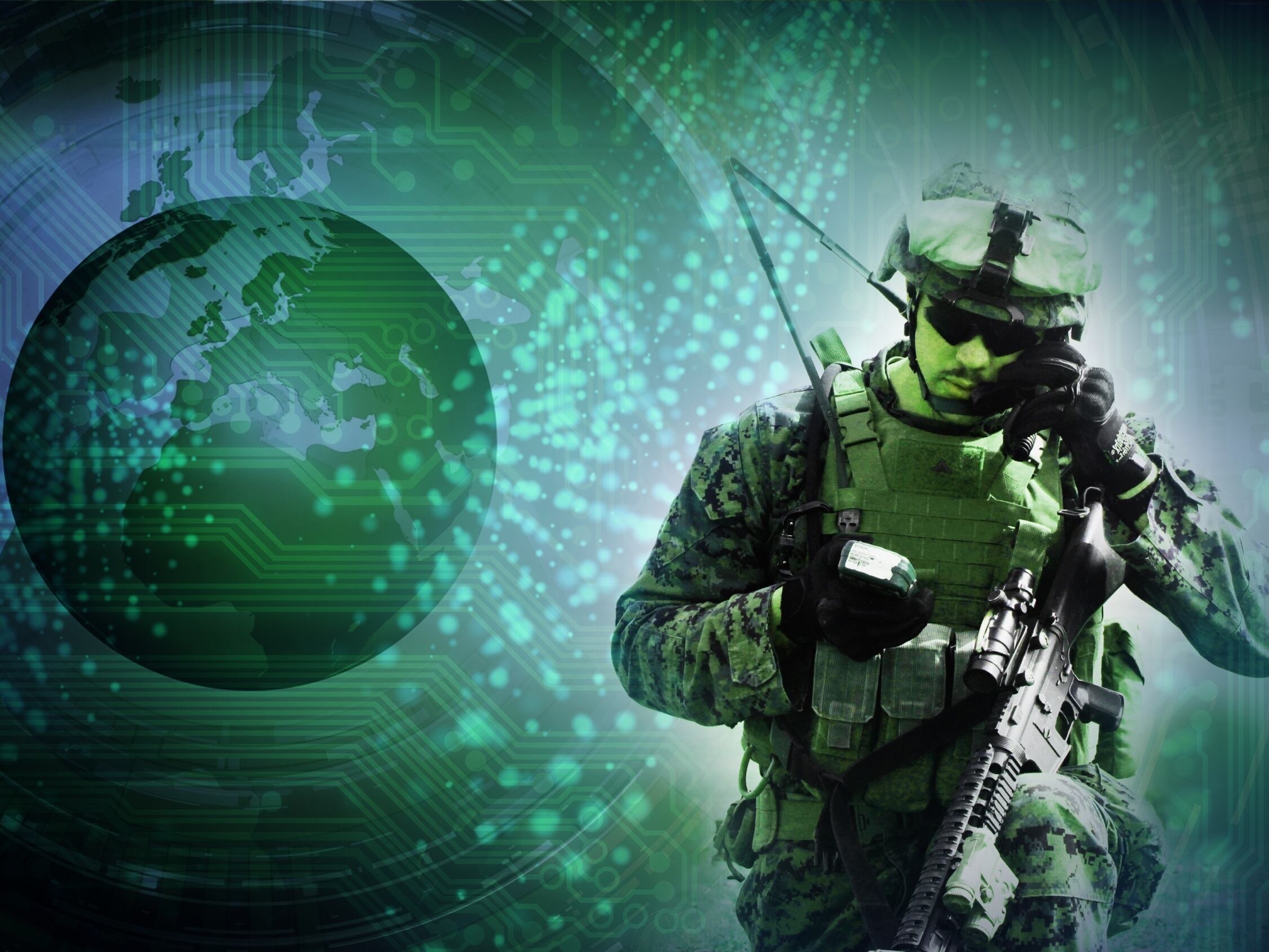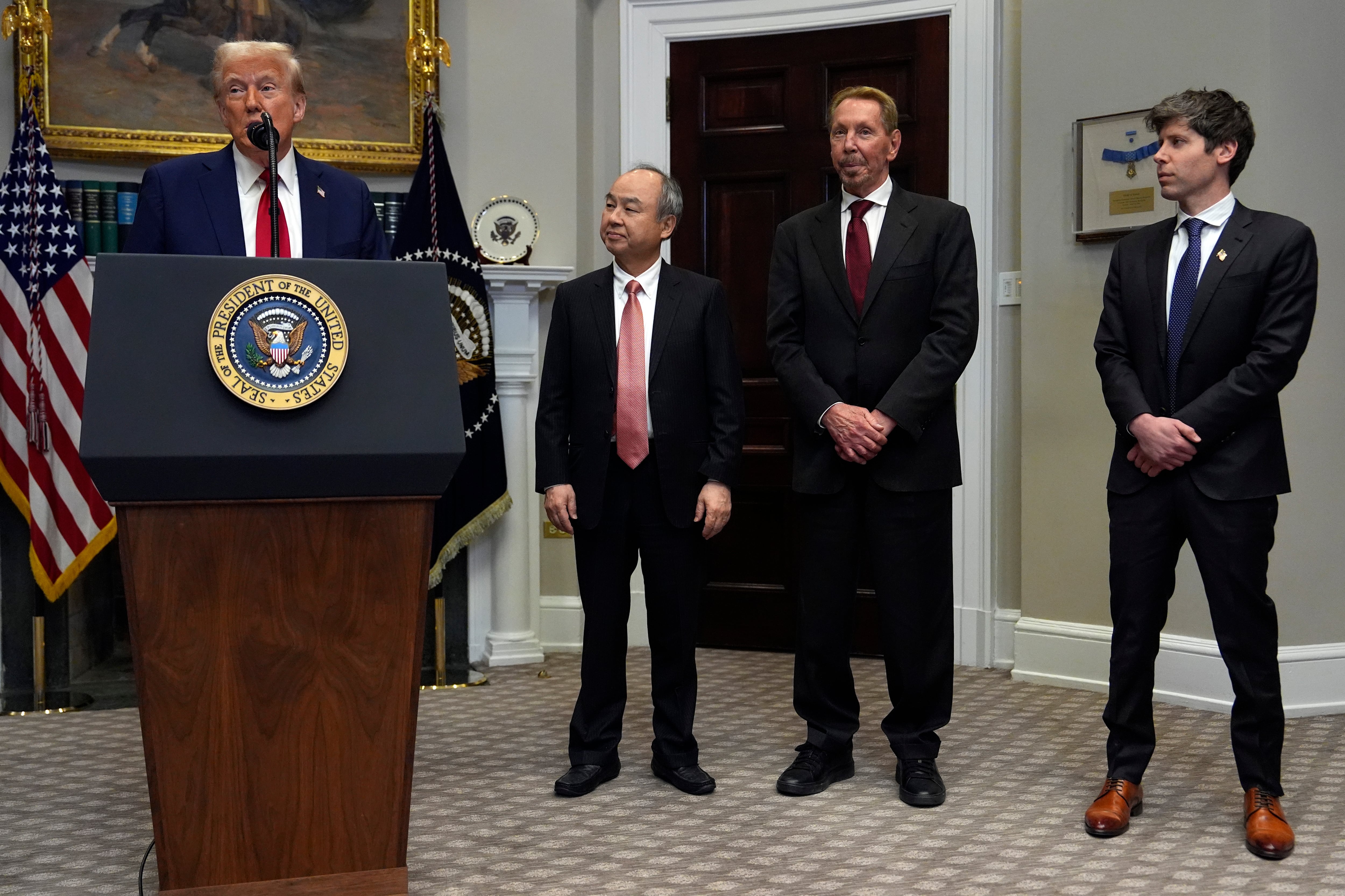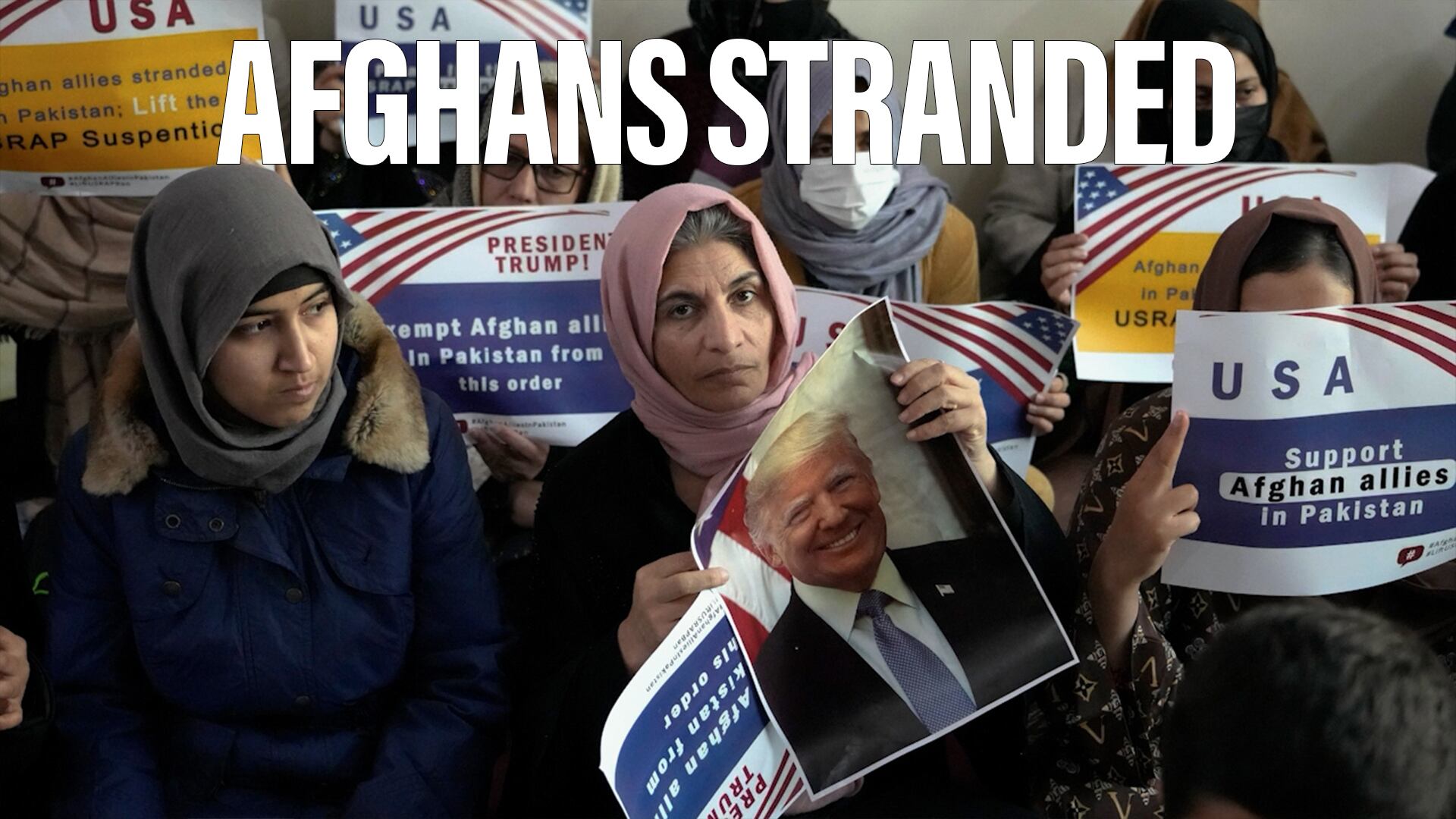The military is beginning to organize around a principle of multi-domain battle — the notion that effects, planning and operations will converge seamlessly among the five domains of warfare: land, sea, air, space and cyber. Rather than thinking about war from a domain-centric perspective, future battles will be fought with a combination of effects. The one thread that connects all domains is cyber.
During the annual Association of the United States Army conference in October, top Army leaders — joined by their joint service counterparts — gathered to discuss this new concept. While the military is building a joint force of cyber warriors,
panelists at AUSA provided some detail as to how the new cyber mission force will contribute to the multi-domain battle construct.
Col. Robert "Chipper" Cole, director of Air Forces Cyber (forward), provided some clarity as to how cyber can lend a hand in this space. During a Dec. 13 keynote presentation at an event hosted by AFCEA NOVA, Cole provided a hypothetical example derived from the movie "Black Hawk Down." He asked the audience to recall from the film a child sitting on a hill with a telephone; the child was acting as a lookout to warn warlords in Somalia's capital, Mogadishu, that Americans were en route in helicopters.
"What if that kid that was up there right before the helicopters took off, he got a phone call that said, 'Hey, you need to put your cellphone down and walk off this hill or you're going to be a target,'" Cole said, providing an example of how cyber can play a role in the kinetic fight. In the real world, there might be a cyber effect that allows a high-value target to be identified so that an overhead asset can pick up the location and find that individual to take that high-value asset out with kinetic means, he said.
One of the key challenges Cole identified is the way the Air Force is organized. The force is currently organized in stovepipes, he said, and these must be broken down. If planners are trying to bring online and integrate an electronic warfare (EW) capability that's combined with space, EW or cyber, Cole said, programmatic boards say they won't pay for something because it's an EW capability and not a space capability, and so on.
As part of integrating cyber effects into a broader warfighting construct, deconfliction will be key. For one, cyber forces must properly deconflict with each other when operating within networks. This will be critical going forward, as the discussion of whether or not to split the National Security Agency and Cyber Command intensifies. With two distinct organizations, CYBERCOM forces could interrupt or even disrupt collection and espionage activity being conducted by the NSA.
Currently, Cole said deconfliction is conducted under a World War II lens. Back then, he described, there would be specific areas of operation for certain units, generally geographically based, to avoid blue-on-blue effects. A lot of that is going on today in the cyber world, he said, adding that "you're going to carve out your particular area, so this is the area you're going to work in and this is the effect that you're going to have." While he noted the force will have to move past this current model, the bulwark is not technical, but steeped in policy. "It's really more of an authorities issue," he said, adding that this could be done today.
Secondarily, cyber or non-kinetic effects must be deconflicted with kinetic effects. Cole said the non-kinetic effects integrators at all the geographic combatant commands end up being the air component command. This happens with at the air operations centers with the non-kinetic effects duty officer where all non-kinetic effects are integrated and deconflicted. For example, he explained a commander wouldn't want to have an EA-18G Growler flying over and having an EW effect at the same time they're trying to do a cyber effect, such as the hypothetical "Black Hawk Down" example — using cyber means to locate a telephone being used by a high value target.
This type of broad, campaign-based deconfliction can be challenging he said, providing the counter-Islamic State group efforts. Joint Task Force–Ares, the cyber component to the global anti-ISIS coalition, Combined Joint Task Force-Operation Inherent Resolve.
With JTF-Ares, and the counter-ISIS effort more broadly, Cole said both Cyber Command and Central Command have a say on potential targets. There's a CENTCOM targeting board, a JTF-Ares targeting board and the cyber personnel have to link that up with the CENTCOM, Cole said.
Additionally, this has to be brought together not only from the operations stan point where cyber forces must deconflict with other nations participating in the CJTF-OIR effort, but they must deconflict with intelligence agencies and work with ground force commanders to ensure they have the right timing and tempo of when they want to have that effect as to maximize it with the ground maneuver team.
"This is a massive amount of orchestration," Cole added.
Cole also indicated that with a near-peer fight, this deconfliction might become even more challenging as these competitors will seek to turn communications channels off. If that's done, Cole asked rhetorically how blue forces would be able to communicate and deconflict. The near-peer fight would be a lot more challenging, he said.
Mark Pomerleau is a reporter for C4ISRNET, covering information warfare and cyberspace.
